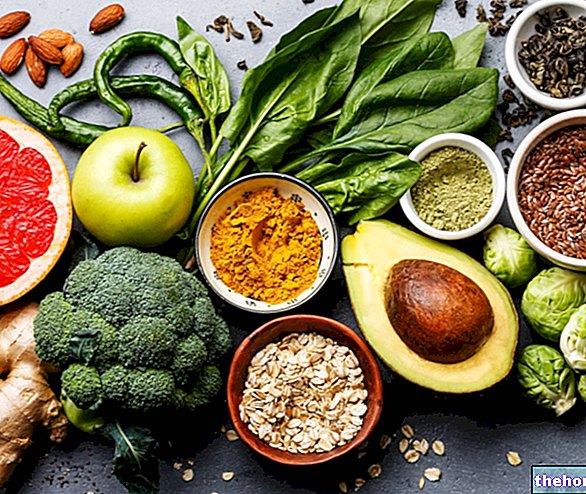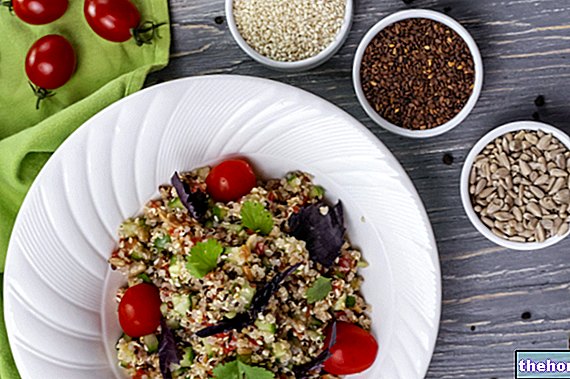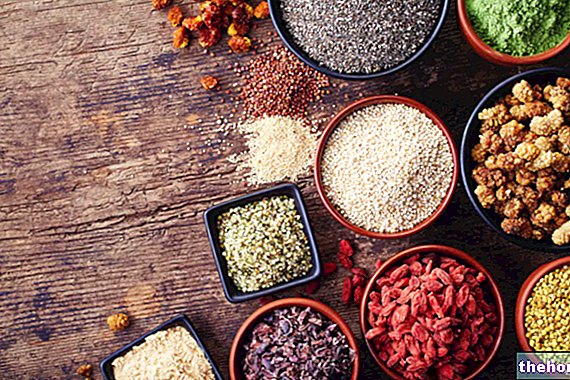. It works by stimulating the brain and central nervous system, helping you stay alert and fight fatigue. Soft drinks containing caffeine hit the market in the late 1800s and energy drinks soon followed. Currently, 80% of the world population consumes a product containing caffeine every day. The dose not to be exceeded of caffeine in a daily diet is 300 mg, about three cups of espresso or 6 cups of tea.
and then enters the bloodstream - it takes about 20 minutes. Within an hour, the beneficial effects, but also the related ailments are felt in poorly tolerant subjects. From there, it is transferred to the liver and broken down. The main effect of caffeine is on the brain: it works by blocking the effects of adenosine, which is a neurotransmitter that relaxes the brain and makes you feel tired. Adenosine levels build up throughout the day, making you sleepy. Caffeine helps you stay awake and alert by connecting to adenosine receptors in the brain without activating them. This blocks the effects of adenosine, reducing fatigue. It can also increase adrenaline levels in the blood and increase the brain activity of the neurotransmitters dopamine and norepinephrine.
This combination further stimulates the brain and promotes a state of arousal, alertness and focus. Because it affects the brain, caffeine is often referred to as a psychoactive drug.
and drinks:
- Espresso: 240–720 mg
- Coffee: 102-200 mg
- Yerba mate: 65-130 mg
- Energy drinks: 50-160 mg
- Tea: 40-120 mg
- Decaffeinated coffee: 3–12 mg
- Hot chocolate: 2-7 mg
- Milk with chocolate: 2-7 mg
Some foods also contain caffeine. For example, a portion (about 30 grams) of milk chocolate contains 1-15 mg, while dark chocolate contains 5-35 mg. Caffeine can be found in some prescription or over-the-counter medications such as cold, allergy, and pain medications. It is also a common ingredient in weight loss supplements.
Caffeine: the concentration changes depending on the way the coffee is prepared
It is not correct to speak of "caffeine in a cup of coffee". The way in which coffee is prepared, in addition to the quality of the raw material, affects the amount of caffeine in the coffee. In summary: it is lower in the soluble, intermediate in the espresso, elevated in the classic moka and elevated in the unfiltered coffee or obtained with gravimetric percolation, in the Neapolitan style.
;
Caffeine also affects a type of insomnia linked to the concerns of the Covid-19 pandemic: coronasomnia.
When not to drink coffee
There are physical and / or pathological conditions that worsen with the intake of caffeine, which therefore it is advisable to avoid or consume in minimal doses:
- peptic ulcer
- dyspepsia
- hypersecretive gastritis
- reflux disease
- hypercholesterolemia
- ischemic heart disease
- arterial hypertension and cardiac arrhythmias
- pregnancy (no more than two cups a day)
- fibrocystic mastopathy
















.jpg)











